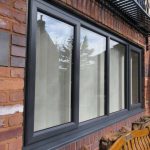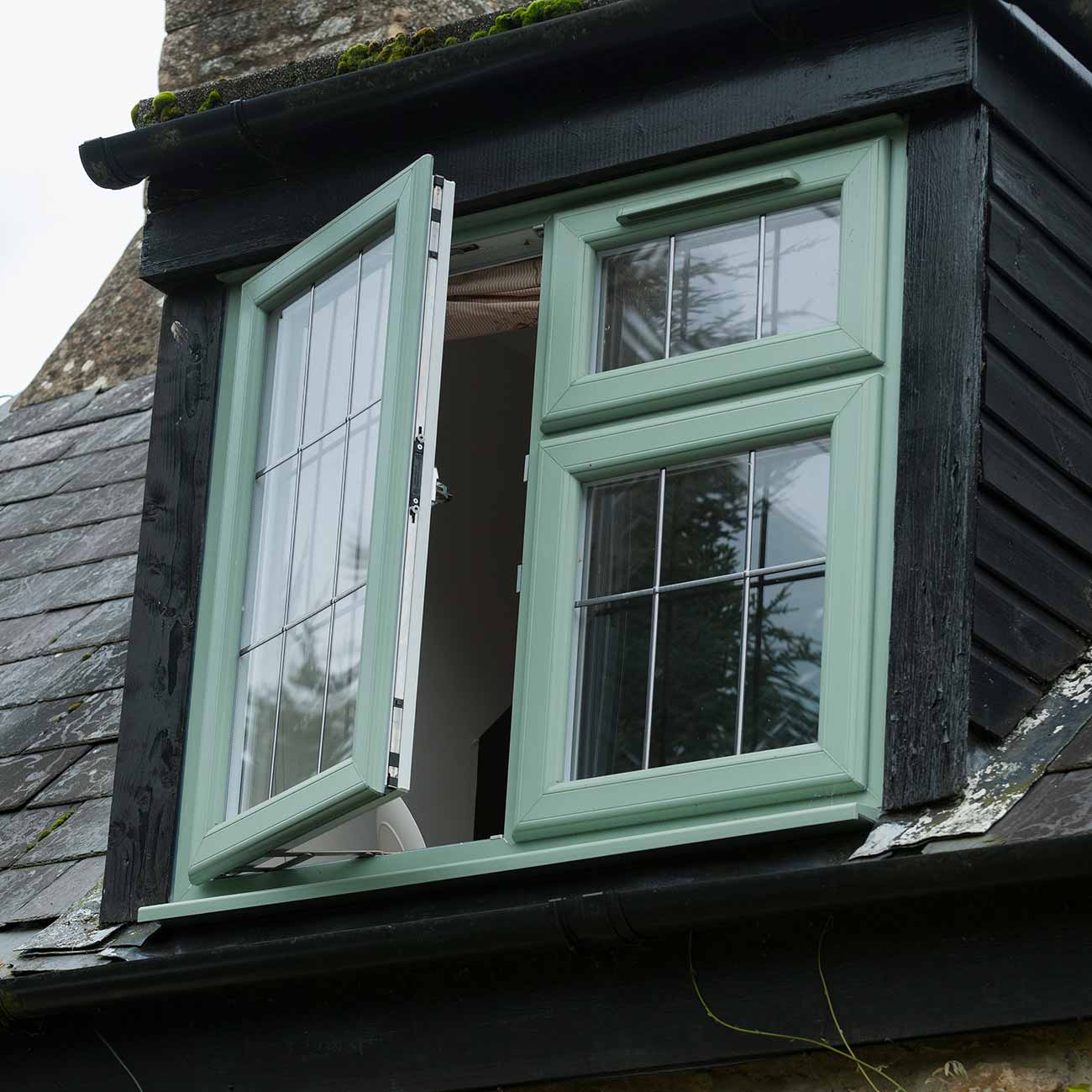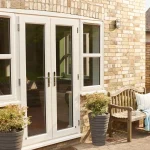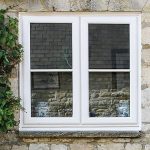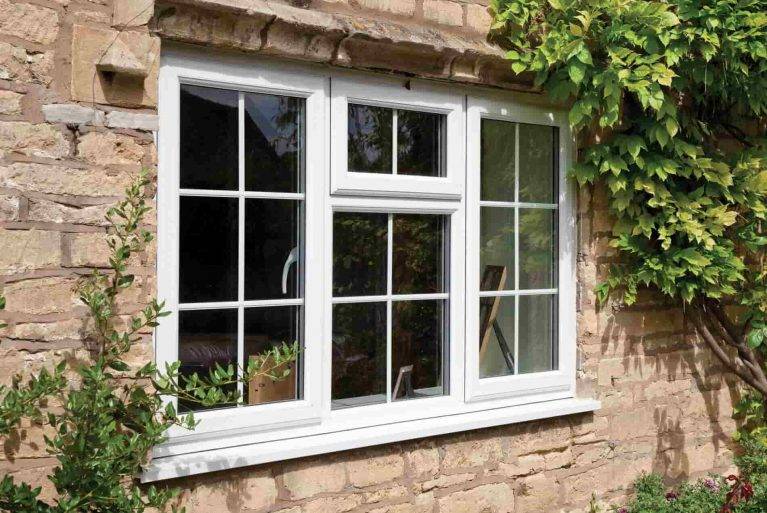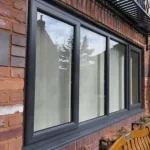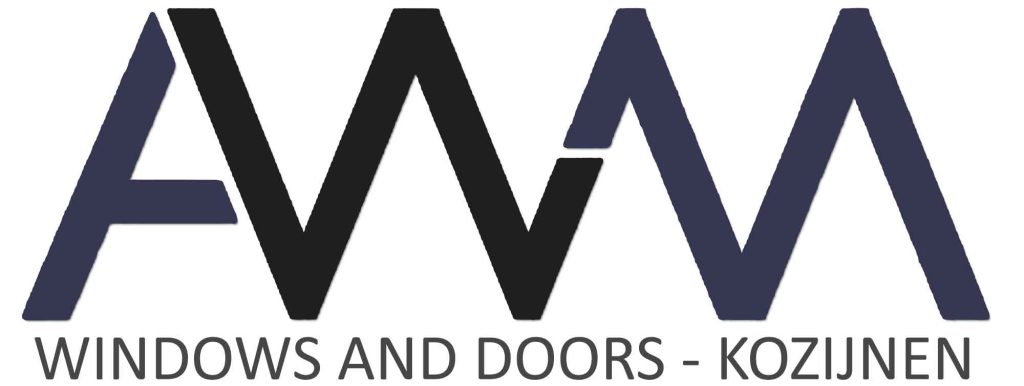Uncategorized
6 Pros and Cons of uPVC Windows
Pros and Cons of uPVC Windows
When homeowners decide to replace or install new windows, one of the primary materials they consider is uPVC (unplasticized Polyvinyl Chloride). Understanding the pros and cons of uPVC windows is crucial for making an informed decision. This detailed examination provides a comprehensive overview of the advantages and disadvantages associated with uPVC windows, helping you determine if they are the right choice for your home.
Pros of uPVC Windows
1. Cost-Effectiveness
A significant advantage in the pros and cons of uPVC windows is their affordability. uPVC windows are generally less expensive than their counterparts made from materials like aluminium or wood, both in terms of initial investment and ongoing maintenance. This cost-effectiveness makes uPVC an attractive option for budget-conscious homeowners. For those considering uPVC, a range of affordable options can be explored here.
2. Low Maintenance
Another pro in the pros and cons of uPVC windows is the low maintenance requirement. uPVC is highly resistant to weathering, does not rot, warp, or rust, and does not require painting or sealing. A simple cleaning with soapy water is enough to keep uPVC windows in top condition, which significantly reduces upkeep costs compared to more maintenance-intensive options.
3. Durability
Durability is a notable strength in the pros and cons of uPVC windows. The material is tough against natural elements and does not degrade under ultraviolet sunlight, a common issue in other window materials that can lead to fading and brittleness over time.
4. Excellent Insulation
Among the key pros in the pros and cons of uPVC windows is their excellent insulation properties. uPVC frames effectively prevent the loss of heat and cool air, contributing to better energy efficiency in your home. This insulation ability can significantly reduce energy bills and improve the comfort of living spaces.
5. Superior Sound Insulation
The ability to reduce noise pollution is another pro in the pros and cons of uPVC windows. Their design and the quality of the seals can help decrease the volume of outside noise, making them ideal for homes in busy or noisy locations.
6. Enhanced Security
Security features strongly in the pros and cons of uPVC windows. They typically come equipped with robust locking mechanisms that make them difficult to break through. The strength of uPVC as a material also contributes to more secure windows.
Cons of uPVC Windows
1. Aesthetic Limitations
When evaluating the pros and cons of uPVC windows, one of the drawbacks is their aesthetic limitations. The frames are often bulkier and the finish less sleek than materials like aluminium, which may not appeal to those seeking a minimalist or ultra-modern look. Additionally, there is a perception that uPVC does not enhance the exterior as effectively as other materials.
2. Environmental Impact
Environmental considerations feature in the cons of the pros and cons of uPVC windows. The production process for uPVC involves chemicals that are harmful to the environment, and while uPVC can be recycled, it is not biodegradable and can contribute to environmental waste if not properly managed.
3. Limited Customization
Customization is more restricted in uPVC windows compared to wood or aluminium. This limitation is an important consideration in the pros and cons of uPVC windows; they typically come in standard sizes and fewer style options, which may not meet all specific design or architectural needs.
4. Thermal Expansion
Thermal expansion can be a con in the pros and cons of uPVC windows. uPVC can expand in extreme temperatures, which may sometimes affect the seal and functionality of the window. This issue requires consideration, particularly in areas with wide temperature variances.
5. Impact on Property Value
In the pros and cons of uPVC windows, it’s important to note that they might not significantly increase property value. Unlike wood or high-quality aluminium, uPVC windows are often seen as a cost-effective solution rather than a value-adding investment, particularly in high-end real estate markets.
6. Installation Sensitivity
Installation process sensitivity also appears in the cons of the pros and cons of uPVC windows. Incorrect installation can lead to problems like poor fit, operational difficulties, and reduced efficiency, which underscores the need for professional installation.
Conclusion: Weighing the Pros and Cons of uPVC Windows
In sum, the pros and cons of uPVC windows reveal that while they offer several advantages such as cost-efficiency, low maintenance, and good insulation properties, they also come with downsides like aesthetic limitations, environmental concerns, and potential impact on property value. Homeowners should carefully consider these pros and cons of uPVC windows to make an informed decision that aligns with their specific circumstances and preferences.
If you are considering uPVC windows for your home, check out the selection here to find a solution that meets your needs.
